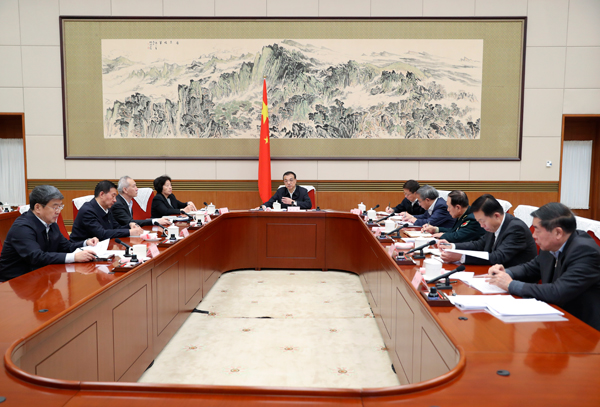(ATF) As China’s recovery continues to broaden out, investors will be watching closely to see how the country intends to integrate a strategic plan for its domestic development in light of heightened geopolitical concerns and a shifting and uncertain global economic backdrop, according to UBS economists.
The plan is part of the Xi Administration’s new “dual circulation” strategy to increase the country’s economic resilience announced at the May Politburo meeting, and scheduled to be discussed at the 5th Plenum of the 19th Chinese Communist Party Central Committee on 26-29 October. The strategy aims to move towards increased domestic reliance by boosting domestic consumption, and new – and traditional infrastructure investment (internal/ domestic circulation) while maintaining China’s export-led economic model (external circulation).
“The new “dual circulation” strategy, given its rising role in recent high-level meetings, is expected to be enshrined into the strategic framework of the 14th five-year plan (covering 2021-2025),” stated Yifan Hu and Kathy Li in a research report from the Swiss bank.
“Specifically, “domestic circulation” will be the main driver that will likely unleash the potential of domestic demand and stabilise the supply chains, while “external circulation” will continue to improve connectivity with external markets via opening up and collaboration.”
Economic recovery underway
China recorded its fifth consecutive month of growth in the Caixin China General Services PMI, which rose to 54.8 in September from 54.0 a month earlier, indicating a continued recovery from the COVID-19 pandemic. The country posted an uptick in retail sales (+0.5 year-on-year), manufacturing fixed-asset investment (7.6% year-on-year versus 6% year-on-year in July), and exports (surging to 9.5% year-on-year) in the third quarter, underscoring a broadening economic recovery.
The figures indicate that China’s internal circulation is already working and quickly delivering a recovery in China’s GDP growth, according to Iris Pang, chief economist for Greater China at ING. She noted that tourism policies mark the start of the internal circulation, and that the central government has successfully promoted domestic travel within mainland China over the summer.
“Hainan was full of local visitors this summer. More jobs have been created in the service sector as a result, enabling more people to spend. It is the lower income classes that power the massive consumer market. If they are employed, China’s consumption should increase. So far, internal circulation has been successful as retail sales in August have returned to positive growth,” stated Pang in a research report.
UBS’ Hu and Li also noted that, although investment and exports were the major drivers of China’s economic recovery in the second and third quarter of 2020, consumption was likely to become the largest contributor to GDP growth in the last quarter of the year.
“The strong numbers reinforce our view that GDP growth will return to 5.5%-6% year-on-year in the second half of 2020,” the economists stated in a research note from the Swiss bank.
Investors cheered on the news of China’s general services data, with the Shanghai Composite index surging 1.7% on Friday. Meanwhile, the yuan jumped to an 18-month high as markets priced in a Biden victory in the US presidential elections.
Overnight polls, which found Senator Kamala Harris to be the winner of the Vice-Presidential debate in Salt Lake City on Wednesday, have fuelled hopes of further economic stimulus in the US, and a possible reset in US/ China relations in the event of a win by the Democratic party.
READ MORE: Reform hopes rise as China focuses on domestic economy
























